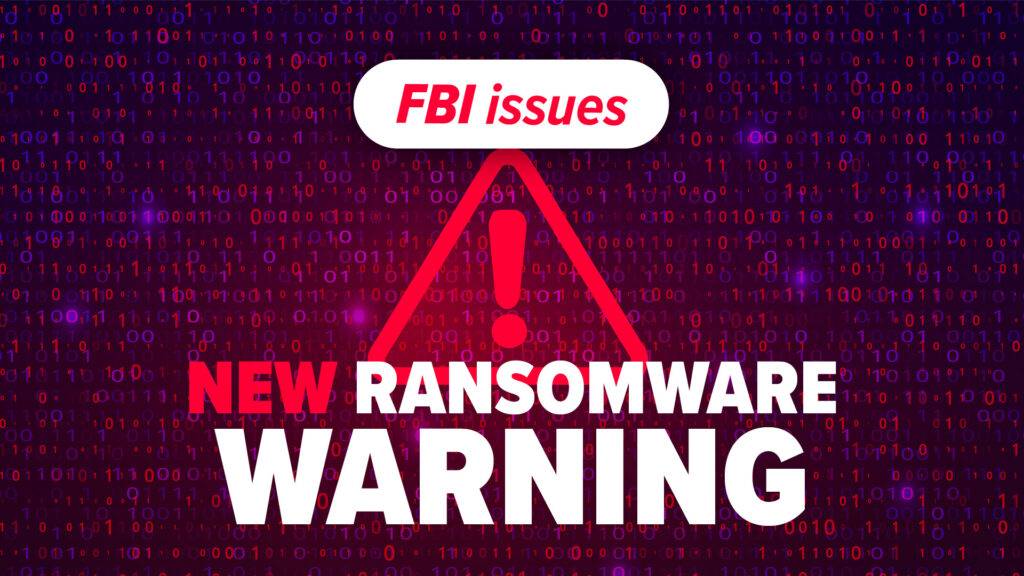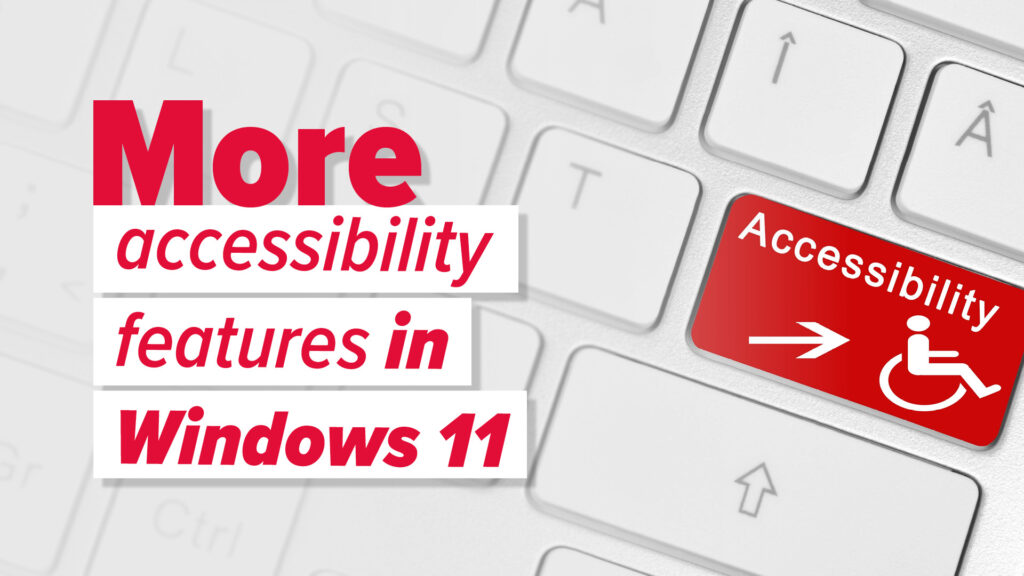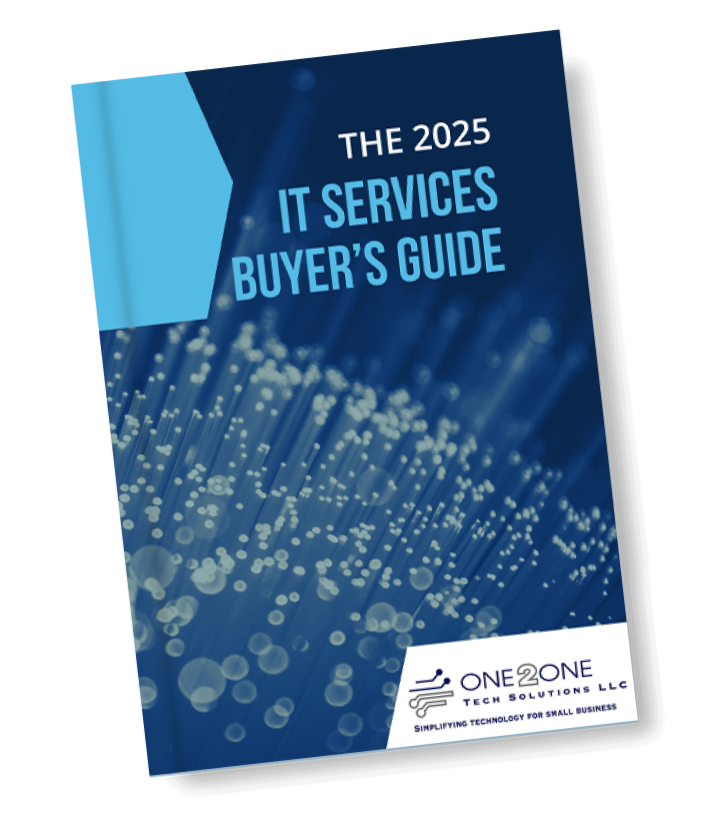Don’t Let a Data Breach Define You: Take Control Now!
When it happens, it feels like the ground has been pulled out from under you. You get that dreaded email or letter: “Your data has been compromised.” It’s infuriating, unsettling, and far too common in today’s digital world. Banks, social media platforms, online stores, and even governments are frequent targets of cyberattacks, leaving your sensitive information—like your address, Social Security number, and credit card details—exposed to criminals.
Here’s the good news: while you can’t stop a business from getting hacked, you can take action to protect yourself and minimize the damage. Follow these essential steps to stay one step ahead of the cybercriminals.
Step 1: Change Your Passwords Immediately
The very first thing you should do is update your passwords, starting with the account affected by the breach. Then, check if you’ve reused that password elsewhere—because if you have, those accounts are also at risk.
This is why cybersecurity experts emphasize using unique passwords for every site. It might sound overwhelming, but a password manager makes it easy. These tools generate strong, unique passwords and store them securely, so you only need to remember one master password.
Step 2: Lock Down Your Accounts with Multifactor Authentication (MFA)
Hackers may have your password, but enabling multifactor authentication (MFA) can stop them in their tracks. MFA adds an extra layer of protection, requiring something only you have (like your phone) or know (like a PIN).
Turn on MFA for the breached account right away and activate it for all your other accounts, too. Common MFA methods include:
- Text message codes
- Authentication apps
- Physical security keys
Step 3: Monitor Your Bank Accounts Closely
If the breach involved your payment card details, vigilance is key. Keep an eagle eye on your bank accounts for unauthorized charges over the next few weeks. Don’t wait for fraud to happen—contact your bank immediately.
Inform them about the data breach and request a new card if necessary. Acting quickly can prevent you from being held responsible for fraudulent transactions. Many banks even offer proactive fraud monitoring to help keep your finances safe.
Step 4: Freeze Your Credit
Cybercriminals often sell stolen personal information, giving bad actors the tools to open credit accounts in your name. You can stop this in its tracks by freezing your credit with the three major credit agencies:
- Equifax
- Experian
- TransUnion
Freezing your credit is simple, free, and can often be done online. It’s a powerful way to protect your identity from being misused.
Step 5: Review the Breach Notification Carefully
That breach notification email isn’t just a formality—it’s a roadmap for your next steps. Read it thoroughly to understand:
- What was exposed: Passwords, credit card numbers, Social Security numbers?
- What they’re offering: Free credit monitoring? Identity theft protection?
- What you should do: Follow any specific recommendations they provide.
Check the company’s website regularly for updates, as new information about the breach may emerge over time.

Step 6: Strengthen Your Cybersecurity Protections
Your devices and network are your front lines against cyber threats. Strengthen them with these essential tools:
- Antivirus/anti-malware software: Stops malicious attacks before they cause harm.
- DNS filtering: Blocks access to dangerous websites.
- Spam filters: Reduces phishing emails that try to trick you.
- Monitoring: Security Operations Center monitoring 24×7 to act on detected threats
- Policies: Regularly review your IT policies and clearly communicate them to staff
- Awareness Training: Regularly educate your staff on varied security threats and how to identify and avoid them. Building the human firewall is a crucial component to your security strategy.
Pro Tip: Engage an IT professional to evaluate and manage your security. Don’t try to do everything yourself. Threats are constantly changing so your security strategy must adapt as well.
Step 7: Stay Alert for Phishing Scams
When your email address is leaked in a breach, expect an influx of phishing attempts. These fake messages are designed to trick you into revealing sensitive information or clicking malicious links. Cybercriminals are getting smarter, even using AI to craft convincing scams.
Stay sharp:
- Hover over links to see where they really lead.
- Avoid clicking on links in emails or texts—go to the website directly.
- Be wary of unexpected messages, especially from unknown senders.
- Remember, phishing isn’t limited to emails—it’s on social media and text messages, too.
Step 8: Keep Your Software Updated
Outdated software is a hacker’s playground. Unpatched vulnerabilities can give them easy access to your system. Protect yourself by updating:
- Operating systems
- Apps and software
- Router and printer firmware
- Smart device firmware
Automating updates is an easy way to ensure you’re always protected without lifting a finger.
Ready for Rock-Solid Security? Let Us Help!
You don’t have to navigate this alone. Our managed services include comprehensive layered cybersecurity and provide expert solutions to protect your devices, network, and personal information—whether at home or work. Let’s talk about how we can secure your digital life.
Don’t wait until it’s too late. Contact us today to start building your defenses!







